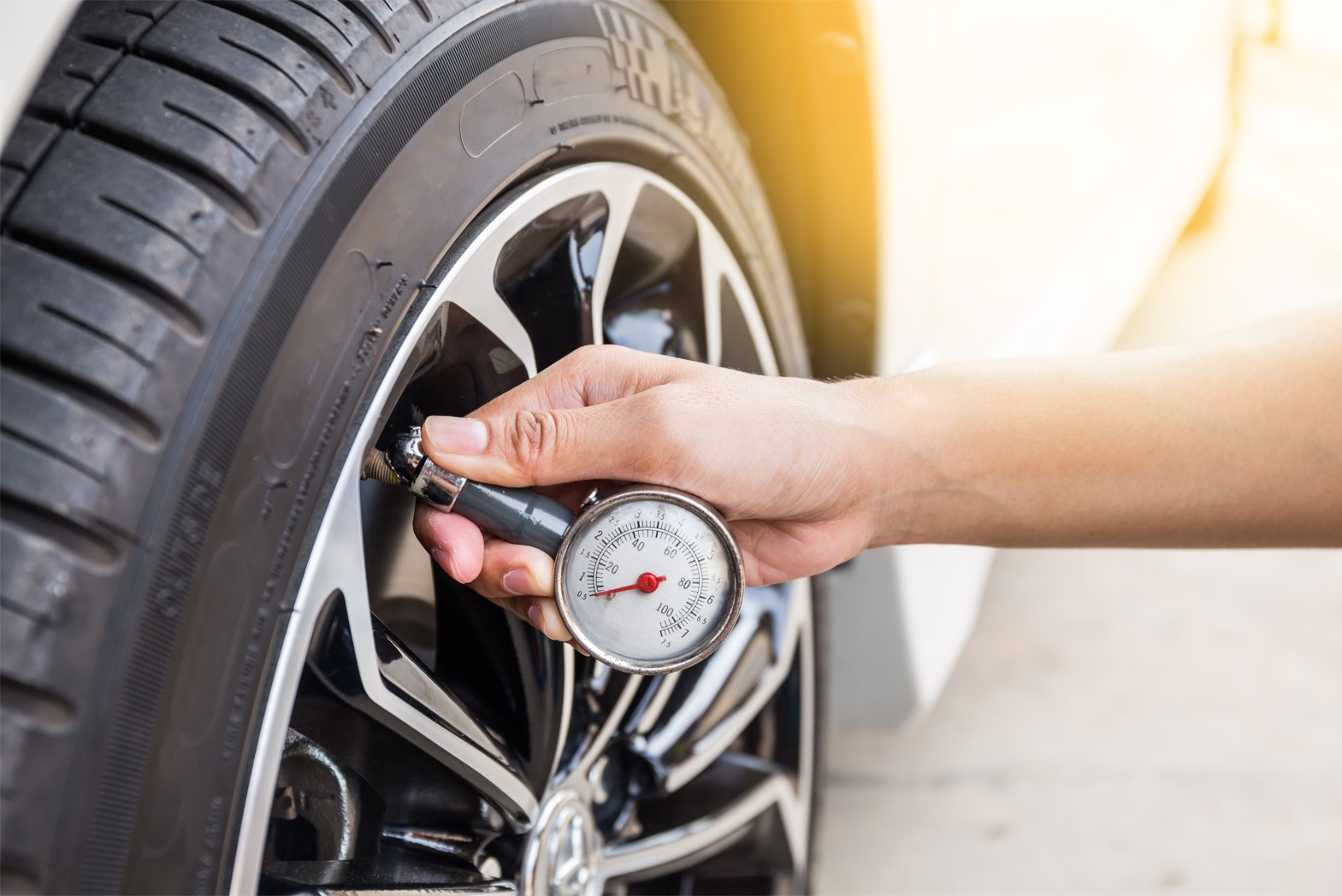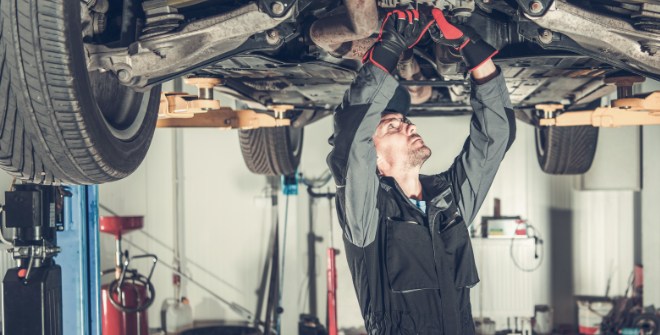Are You Using Your Tire Air Pressure Gauge the Right Way?

At Christian Brothers Automotive, we want you and your family safe. That’s why we recommend checking your tire air pressure at least once a month. Be sure to follow the inflation pressure recommendations in your vehicle’s owner’s manual, on the tire information label in the glove box, or on the driver’s side door. An air pressure check can be completed by a professional when you have your car serviced or maintenance completed, like tire rotations or balancing.
Editor’s Note:This blog has been updated as of June 2021
What Do I Need To Check Tire Air Pressure
All you need is a tire air pressure gauge and a supply of air. You can find a pressure gauge at almost any auto parts store, convenience store, or gas station most of the time for less than $10. Most gas stations have air stands where you can fill up your tires. However, if the gas station is older, it’s a good idea to load up on quarters before heading over to fill up.
When to Check Tire Air Pressure
All tires need to be checked, including your spare tire. We recommend checking each tire at least once a month, but every two weeks would be best. The vehicle manufacturer will tell you the optimal PSI (pounds per square inch) of pressure. Make sure to follow the guidelines of your manufacturer, not your tires. The PSI printed on the side of tires shows the “maximum permissible” pressure, not the pressure best for your vehicle. Over-inflated tires can be just as dangerous as under-inflated tires.
You may have heard it’s best to check air pressure when the tires are “cold”. Keep in mind, “cold” tires have nothing to do with the outside temperature or the weather. “Cold” tires are simply those which have not been driven on for at least 3 hours. Check your air pressure before driving to the gas station and you should be fine.
How To Check Tire Pressure
First, remove the caps from the tire valve stems. Next, consult your vehicle’s manual or the driver’s door sticker for the optimal PSI for your vehicle and tires. Then, evenly press the tire pressure gauge onto the tire’s valve stem to take a reading of the current tire pressure.
The gauge reads the pressure and displays the results to you via a digital readout or a traditional gauge’s meter stick.
How To Add Air To Tires
Check all tires and make a note of which ones need air added. When parking, try to get as close to the station’s air hose as possible so you can fill all tires quickly. Administer short bursts of air and keep checking the pressure every few seconds. Be careful not to over-inflate the tires. As you get closer to the optimal PSI, use less and less air. Keeping your tires properly inflated will provide a safe, comfortable, and efficient drive all year long.
When in Doubt, Turn to Our Team of Professionals
If you’re ever questioning how to gauge your tire pressure, how to add air to your tires, or experiencing vehicle issues related to air pressure, you can never go wrong turning to our team of auto mechanics. Our team will ensure your tire’s air pressure is correct, as well as recommend any other services we think may be necessary to prevent further damage down the road. With hundreds of locations coast to coast, we’re confident you’ll be able to locate your local auto shop and schedule an appointment in no time at all!
Find your local auto mechanicand request servicetoday!


[1].jpg)
Sunwash-Tech-with-Customer.jpg)

